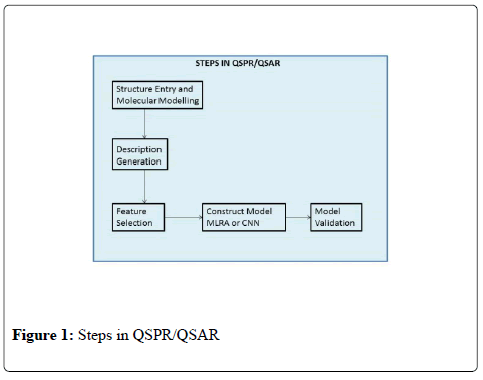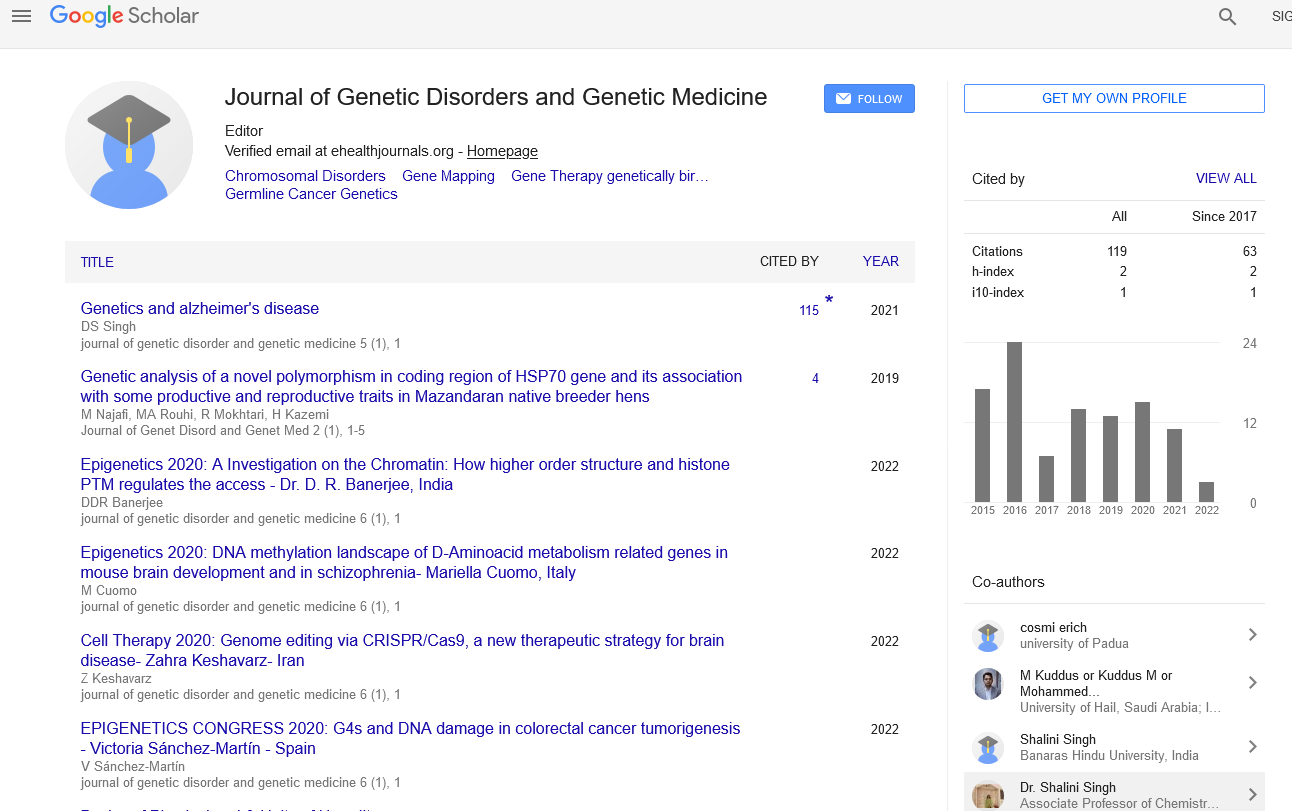Cheminformatics the boom for pharmaceutical chemistry
Received: 26-May-2018 Accepted Date: May 29, 2018; Published: 01-Jun-2018
Citation: Singh S. Cheminformatics the boom for pharmaceutical chemistry. Journal of Genetic Disorders and Genetic Medicine. 2018;2(1):1.
This open-access article is distributed under the terms of the Creative Commons Attribution Non-Commercial License (CC BY-NC) (http://creativecommons.org/licenses/by-nc/4.0/), which permits reuse, distribution and reproduction of the article, provided that the original work is properly cited and the reuse is restricted to noncommercial purposes. For commercial reuse, contact reprints@pulsus.com
Our perception towards chemistry has been greatly altered by the arrival of a novel scientific discipline by the name of Cheminformatics that is maturing with each passing day. Cheminformatics can be very instrumental in the development of Pharmaceutical and chemical industry [1].
The Pharmaceutical industry of this world is very important so that it constantly develops. But if it is not following the option of green chemistry, it destroys the environment and also adversely effects human health.
In Pharmaceutical chemistry, the rational drug design for human health hazard, and environmental risk assessment purposes, several statistical mathematical techniques are employed to unravel information obtained from the available biological and chemical data, and to obtain a sound chemical insight of the problem for several applications. The discovery of biologically active compounds and their development as drugs is a highly complex process which involves many scientific disciplines i.e. structural, cell, and molecular biology, microbiology, biochemistry, synthetic inorganic and organic chemistry, medicinal chemistry, biophysical chemistry, toxicology, pharmacology, natural products chemistry, chemical ecology, mathematics, computing, and information technology, among others. Hence, selected and clinically tested drugs developed from bioactive molecules require specific conditions. Thus, not all the biologically active compounds are suitable to be used as drugs due to toxicity, unfavourable side-reactions, or pharmacokinetics. So, after the synthesis and aside from the desirable therapeutic properties, the testing and approval of many rigorous tests are required to ascertain whether the compounds are worthy of becoming drugs. There is not just one technique of computational chemistry that plays a leading role in drug discovery, but also rather an integrated approach of experimental science with computational techniques.
Quantitative Structure-Activity Relationship
The main components of a QSPR/QSAR study are presented here. The molecular structure of each compound is entered and stored in a topological representation. Each structure is submitted to conformational analysis to generate a good, low- energy conformation. The topological and geometrical representations of the structures are used to calculate molecular structure descriptors. The descriptor set is submitted to feature selection, in which the best subsets of descriptors are sought. Models based on statistical methods or computational neural networks are built with the subsets of descriptors. The models are validated with an external prediction set (Figure 1).






